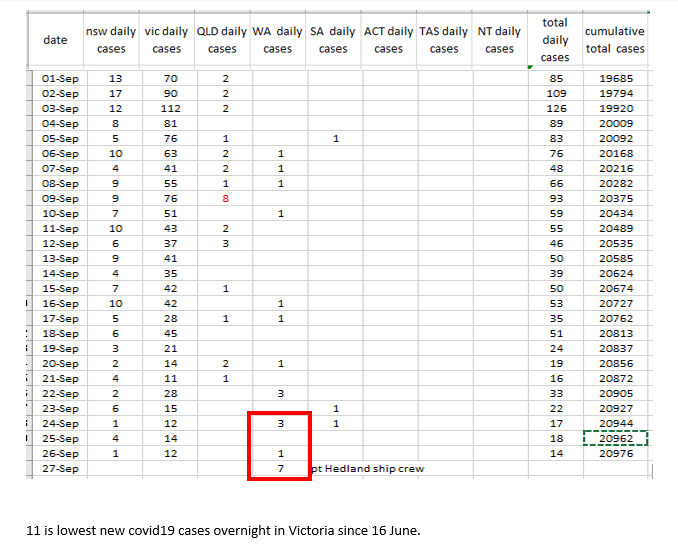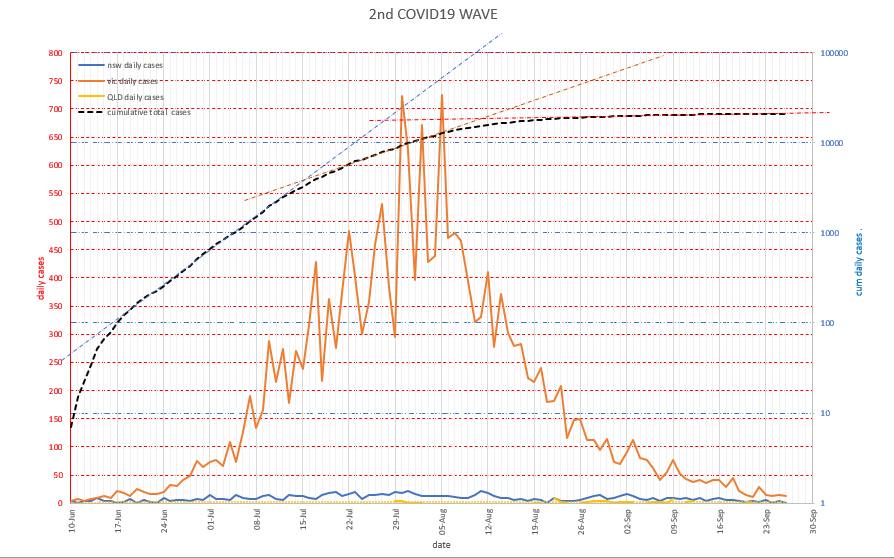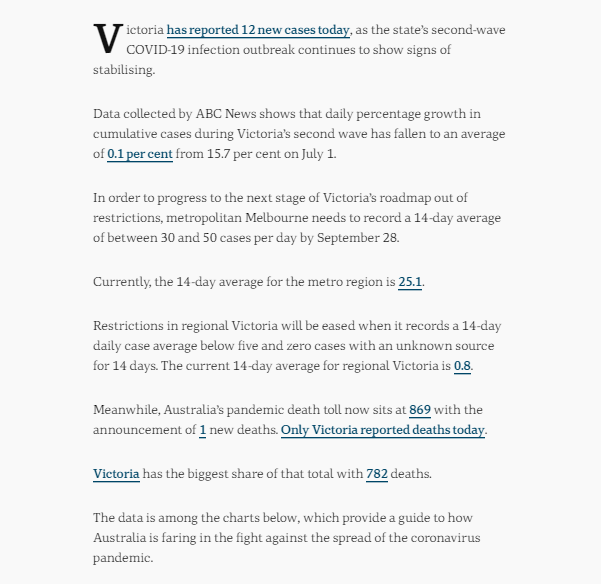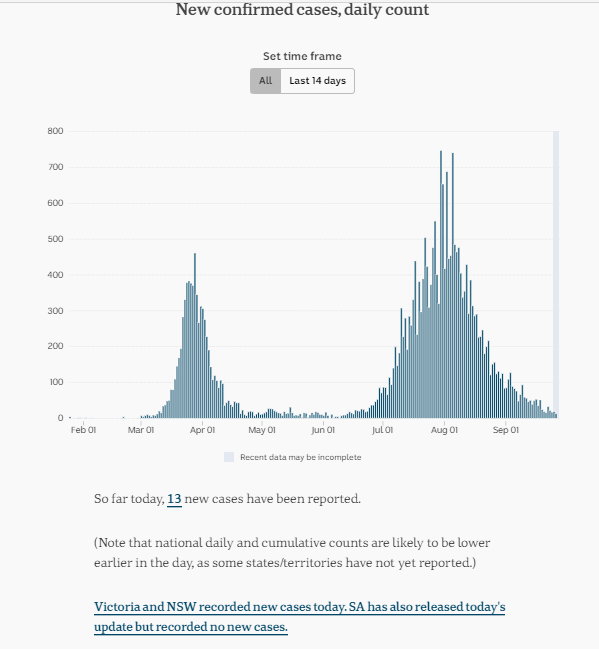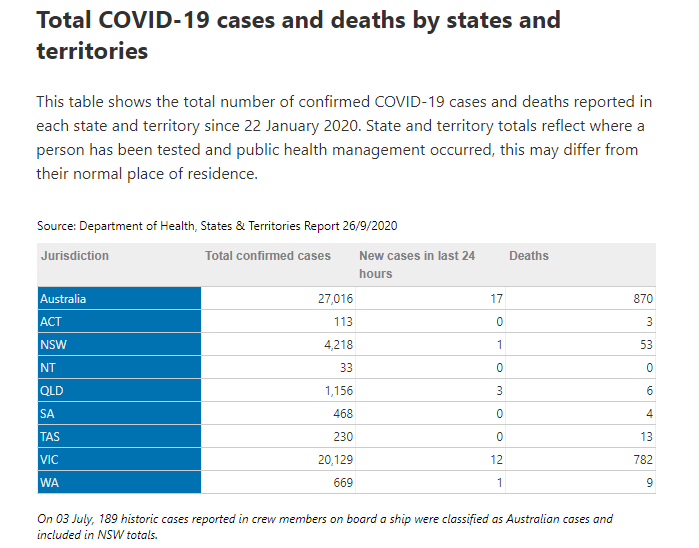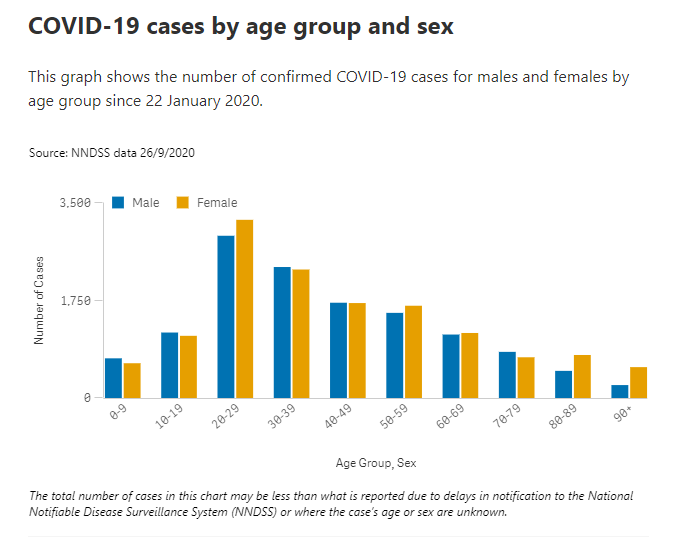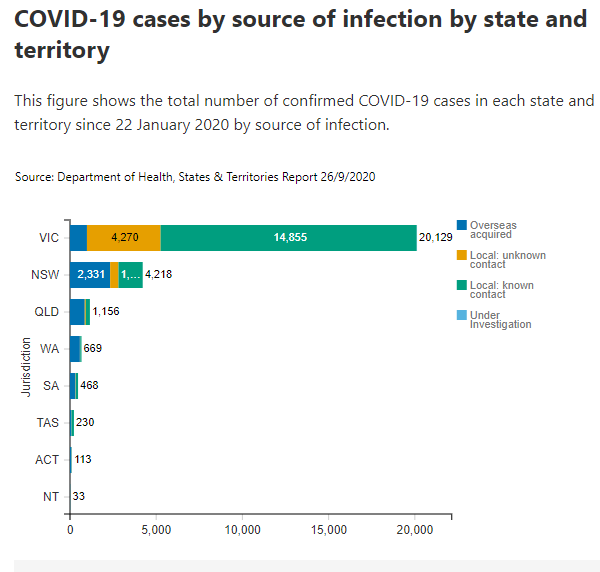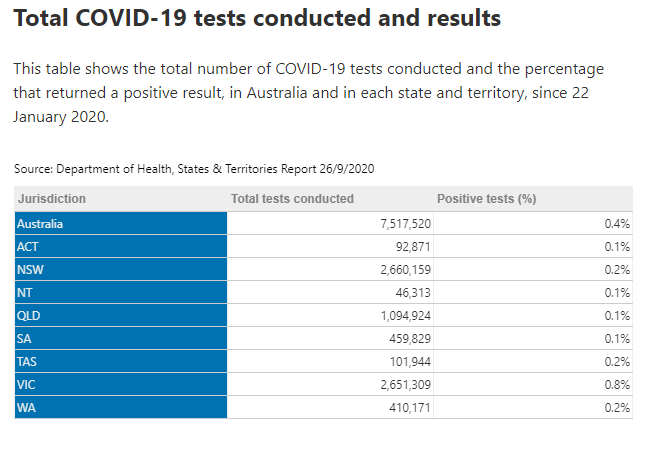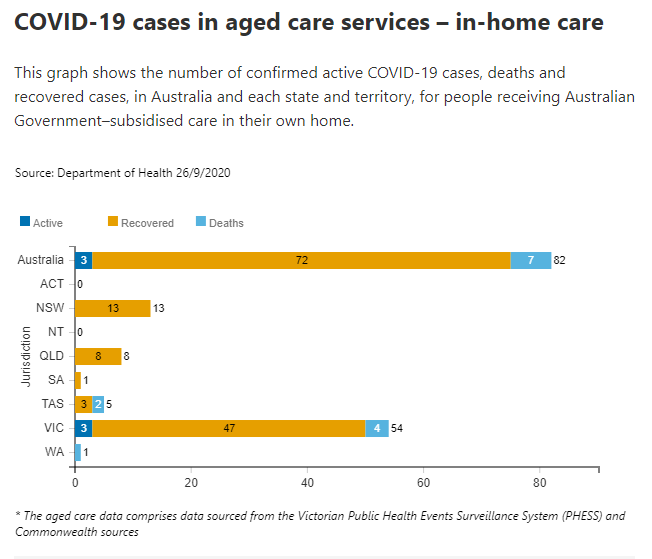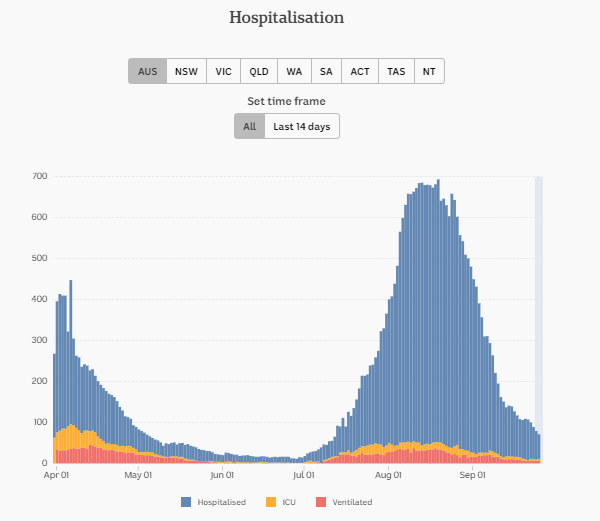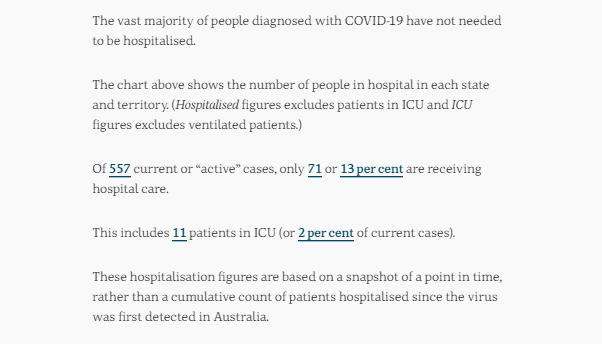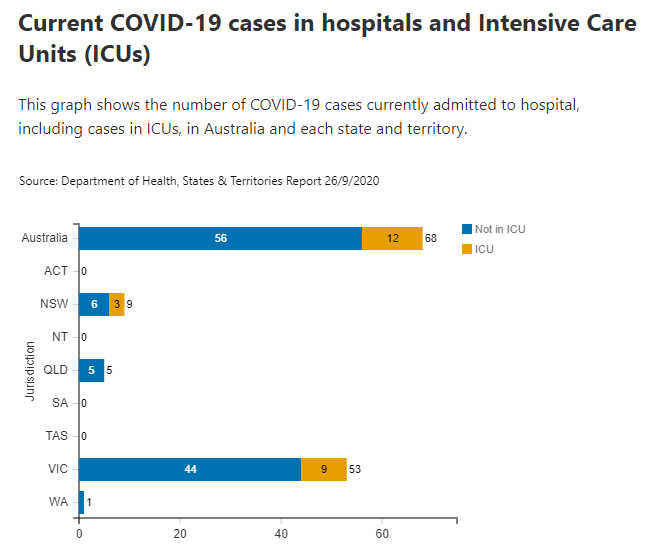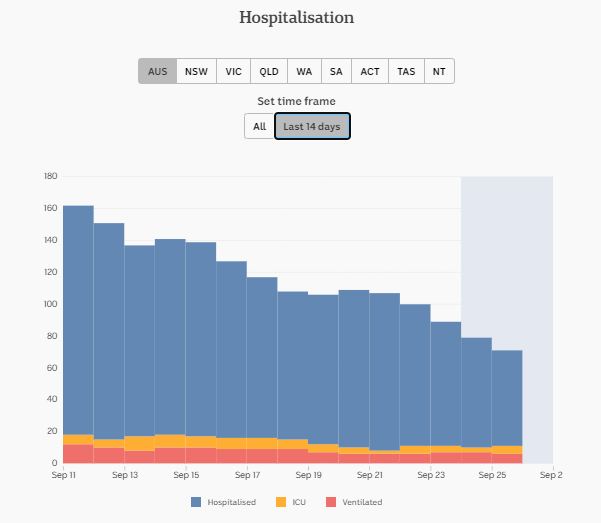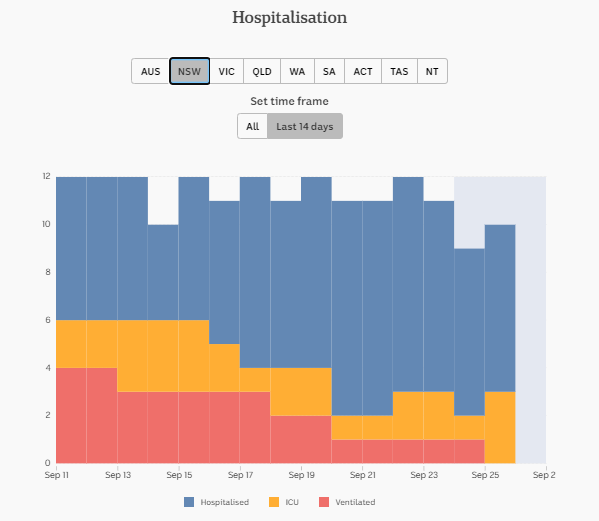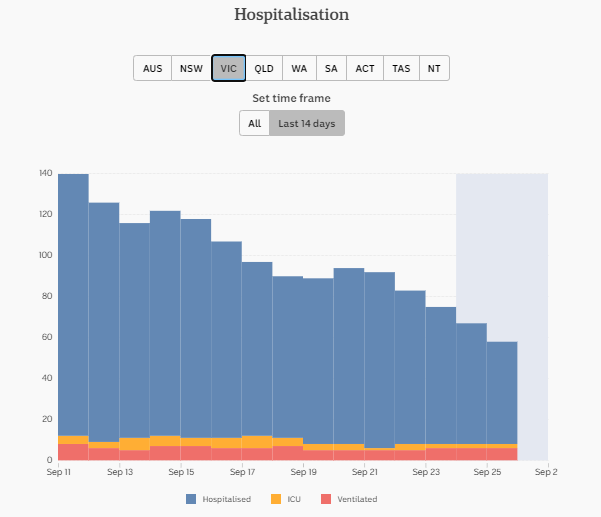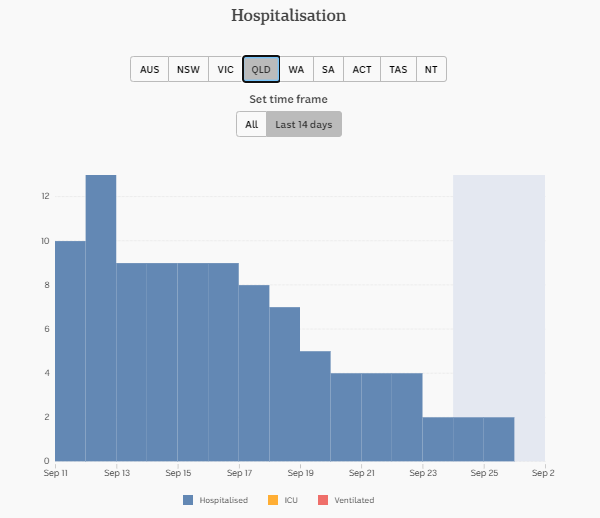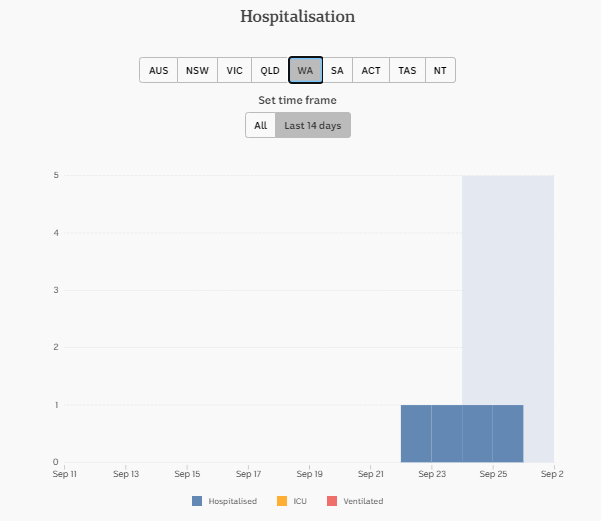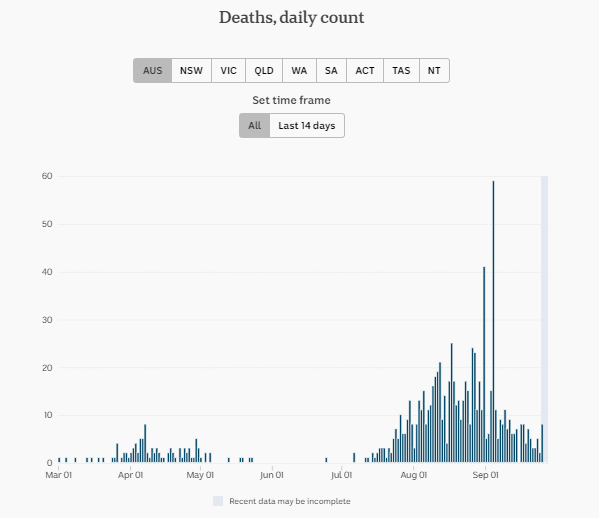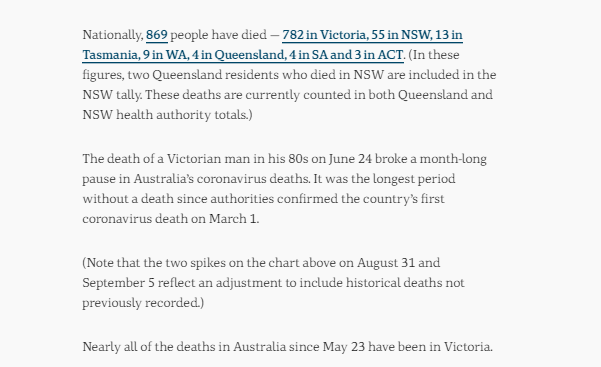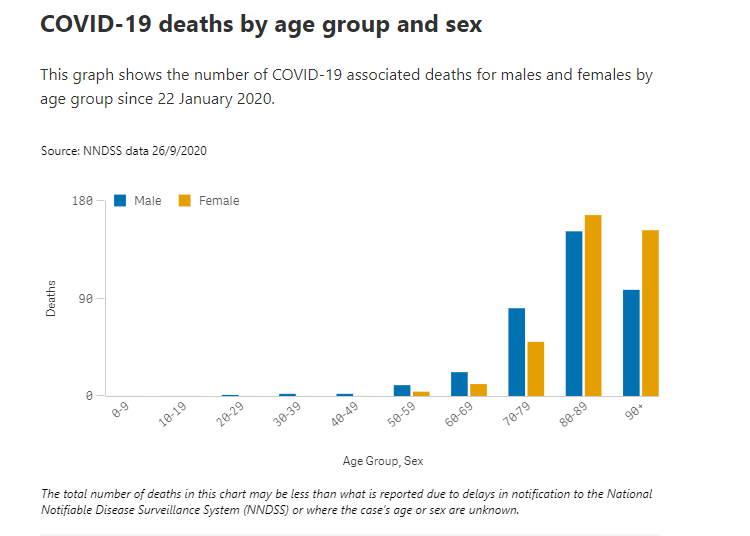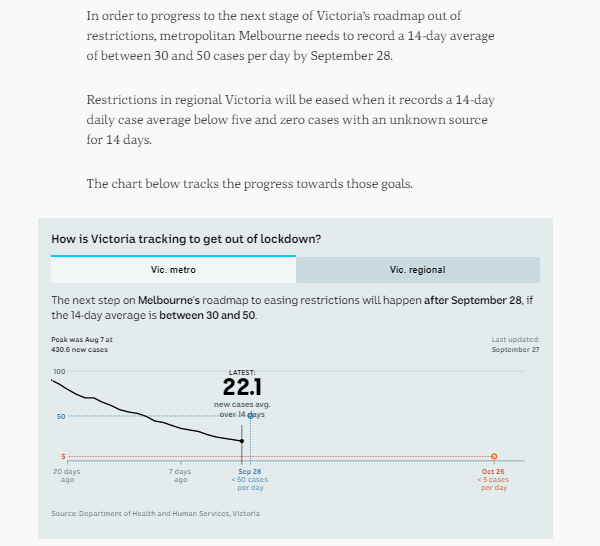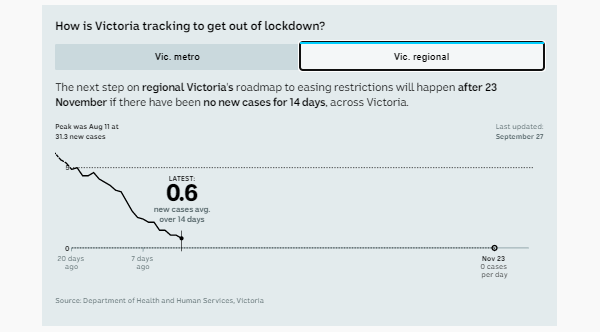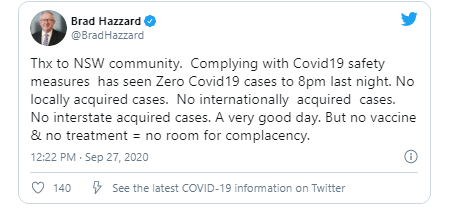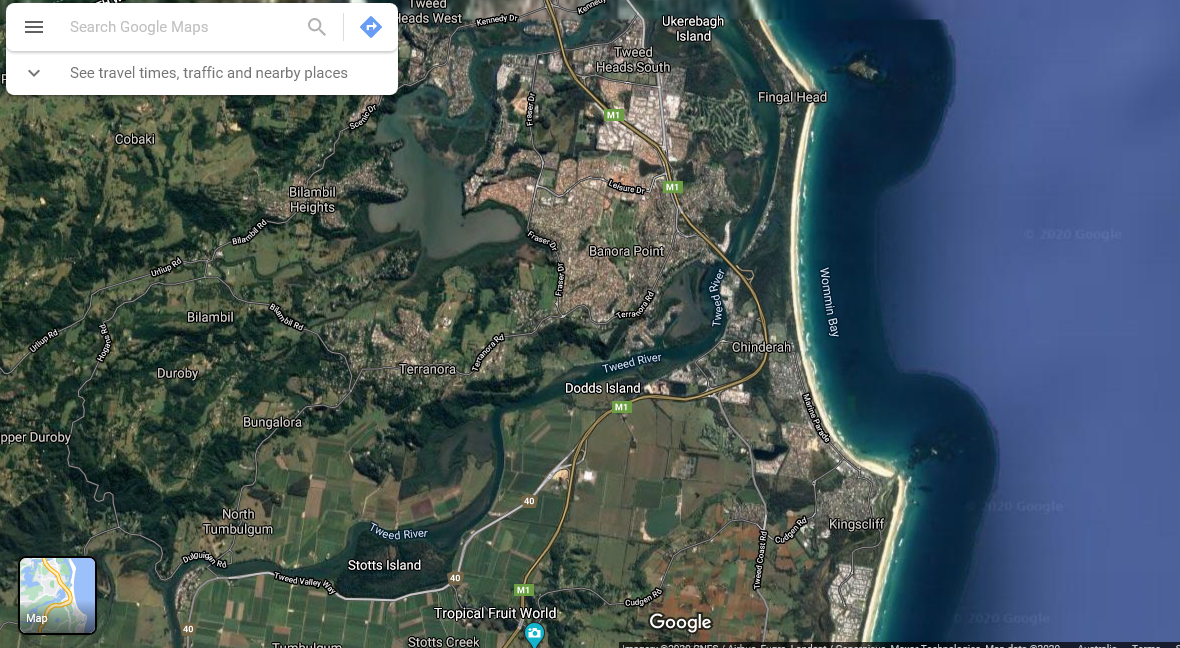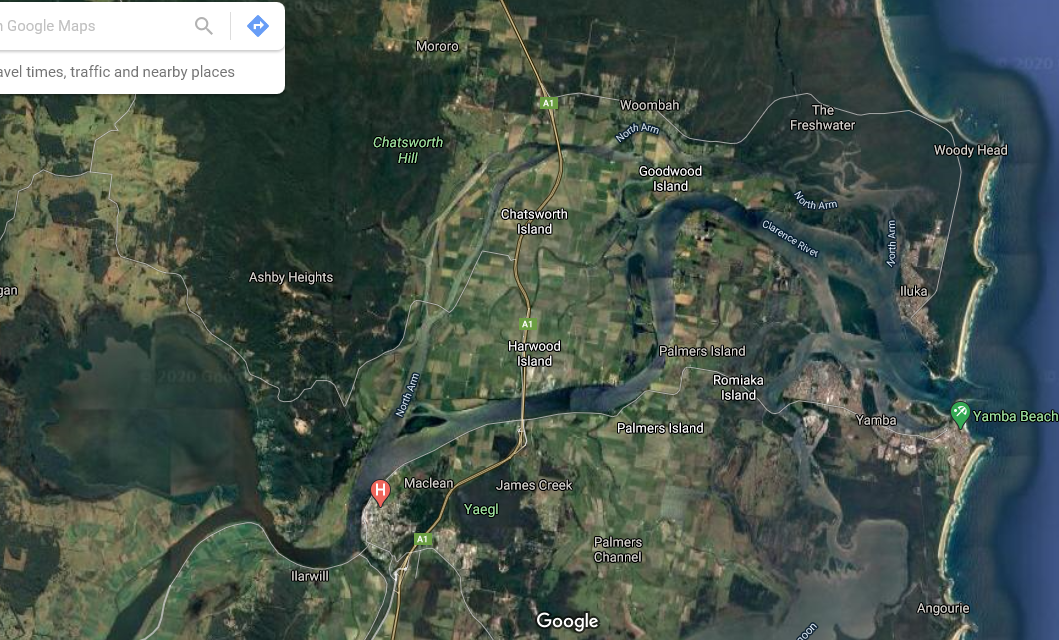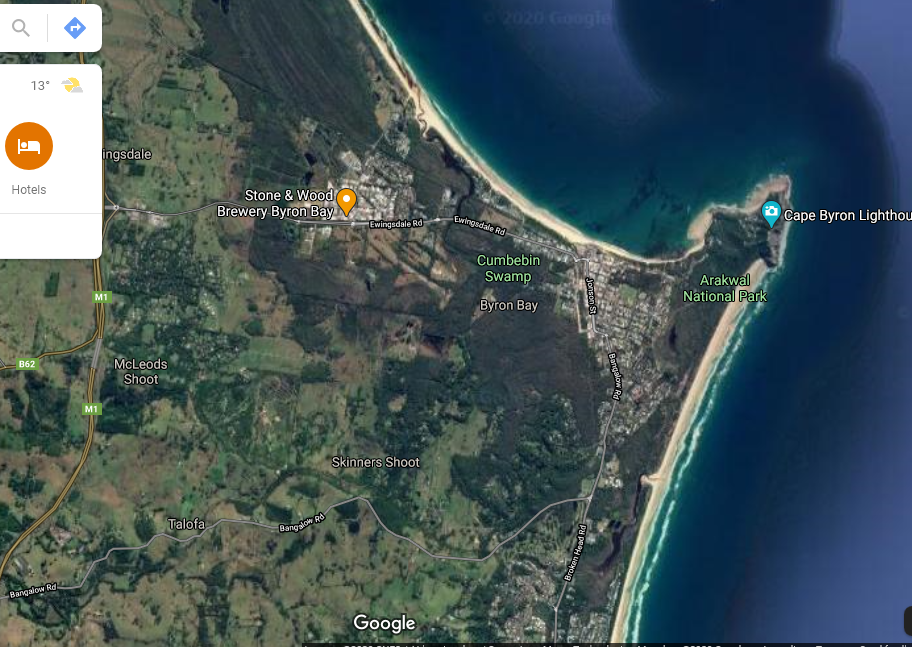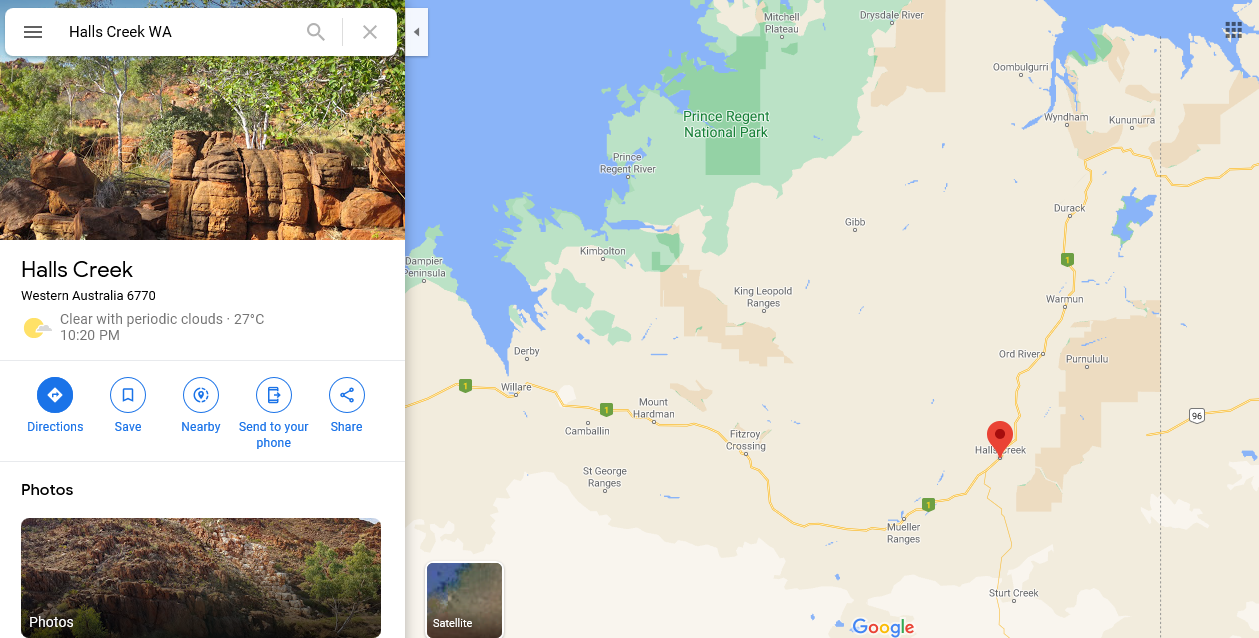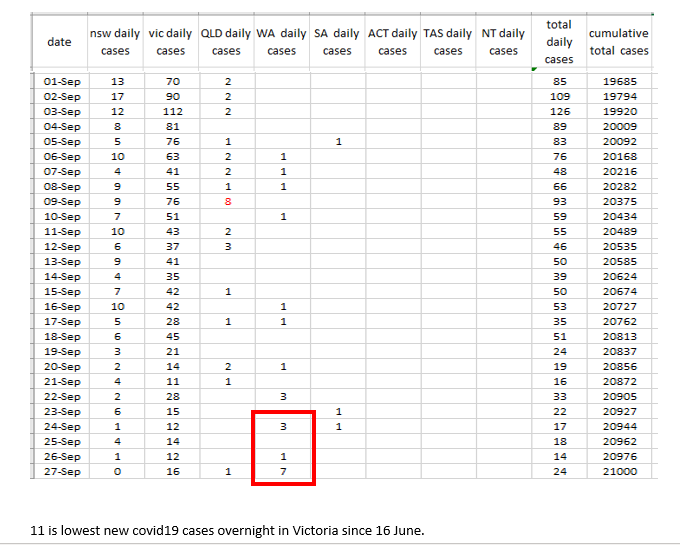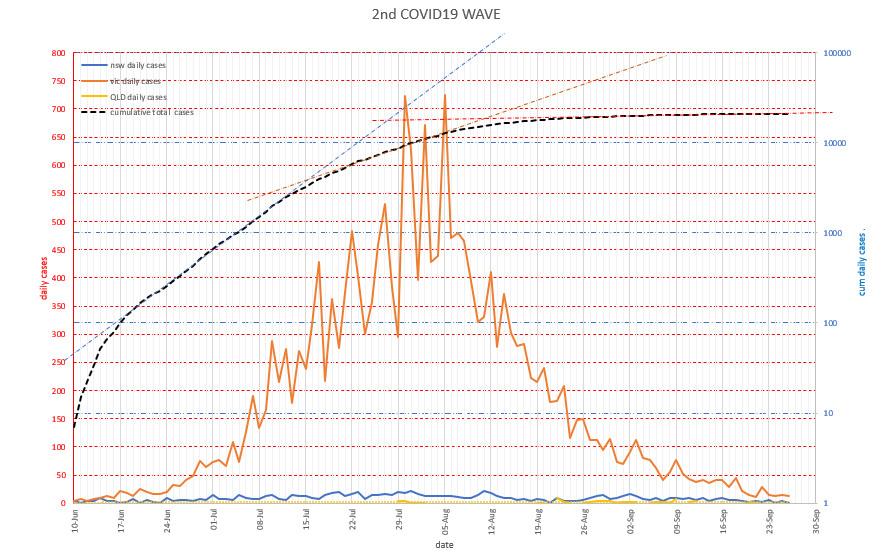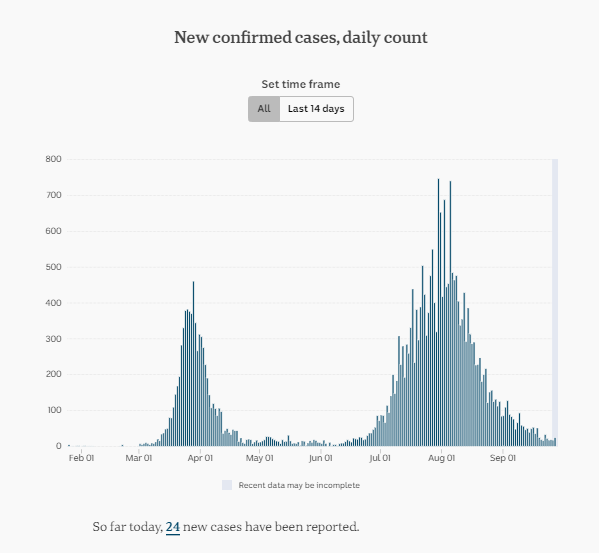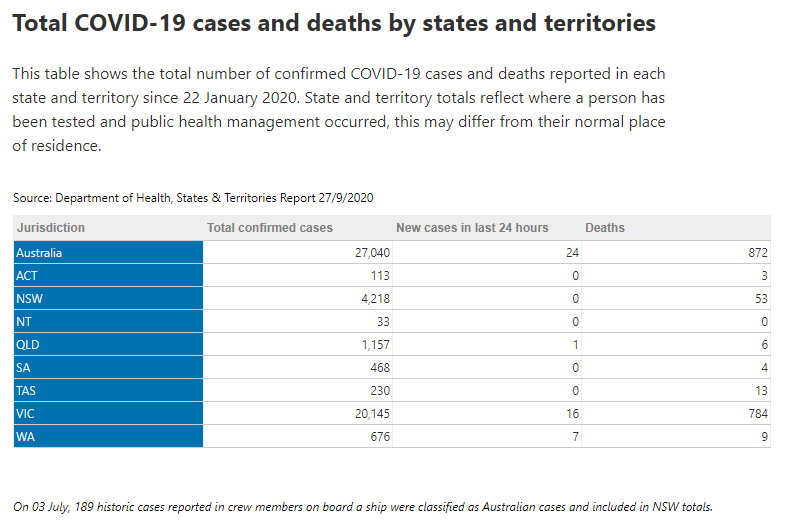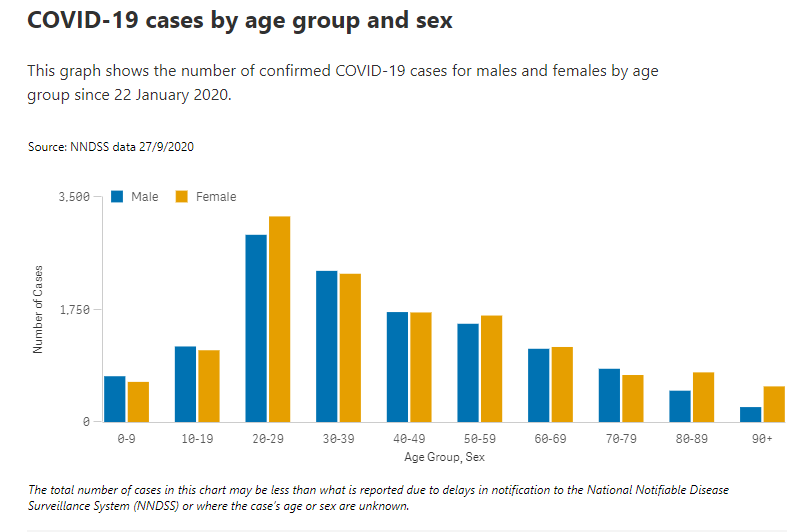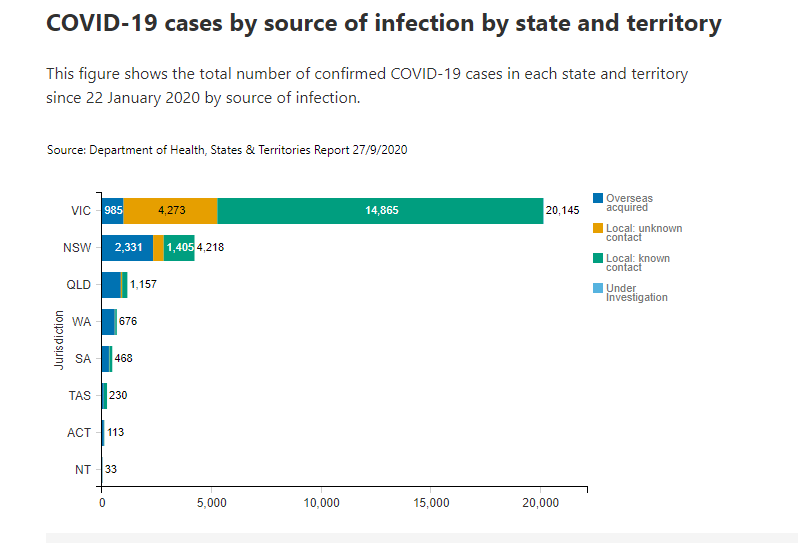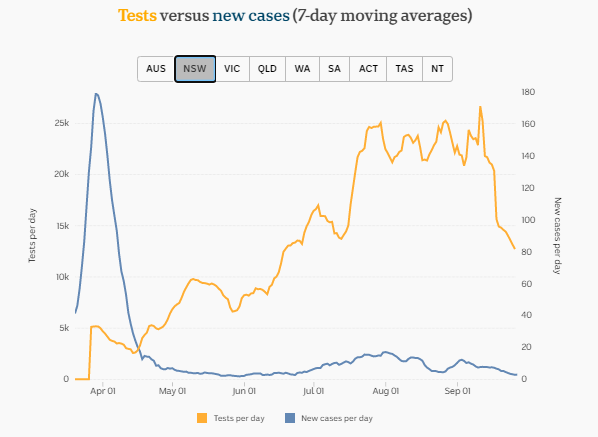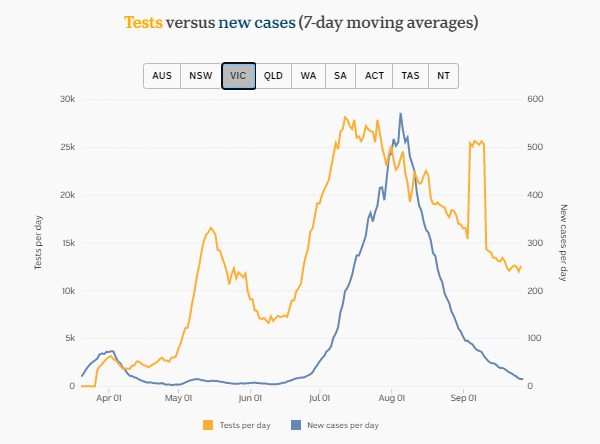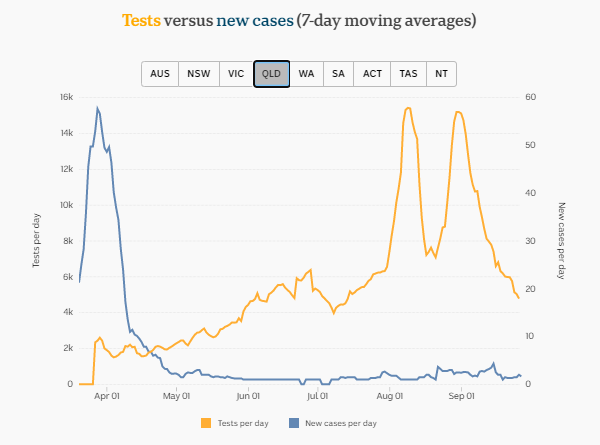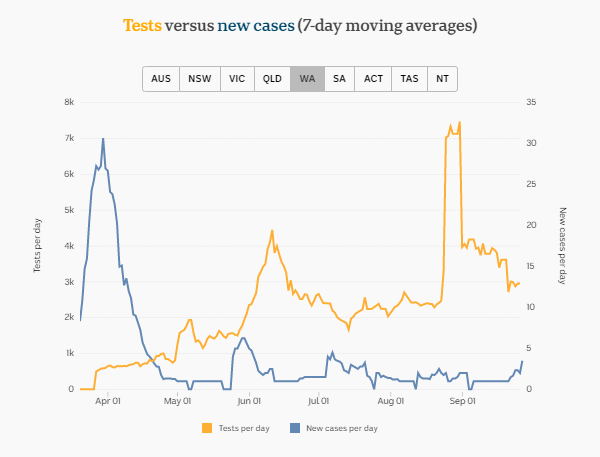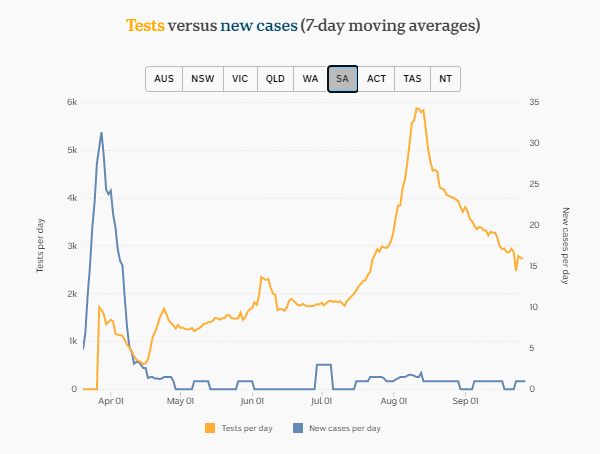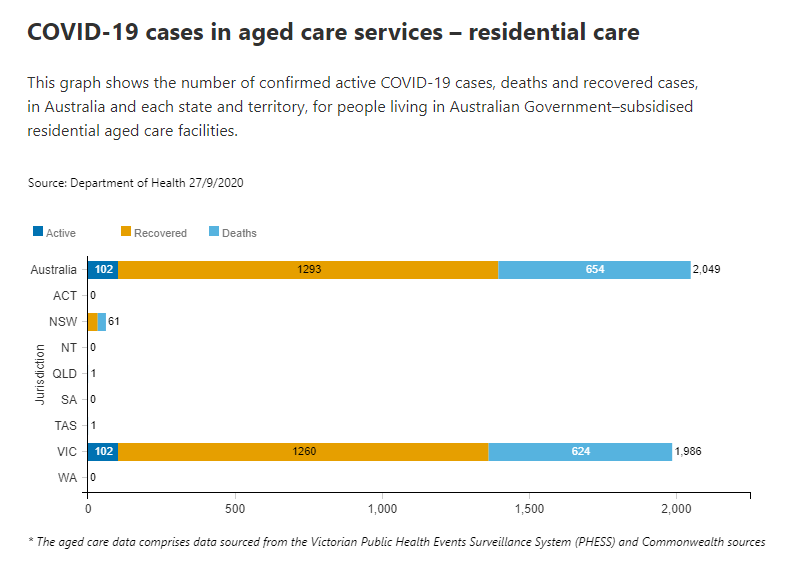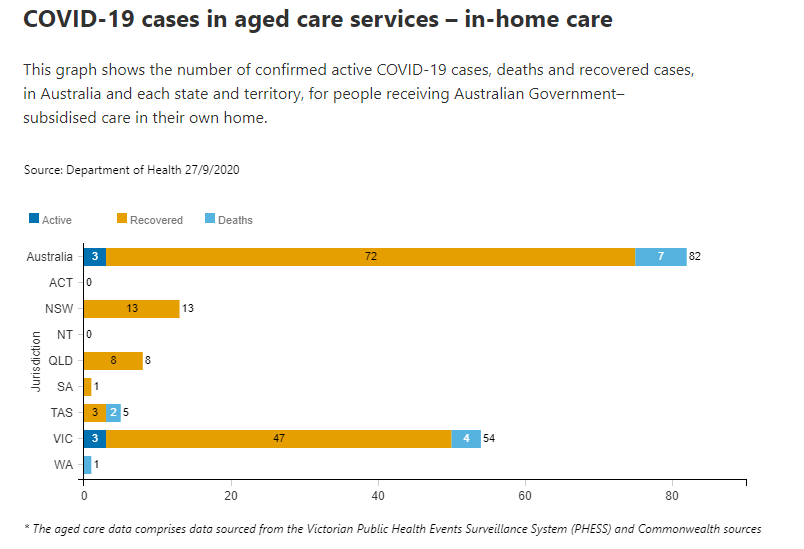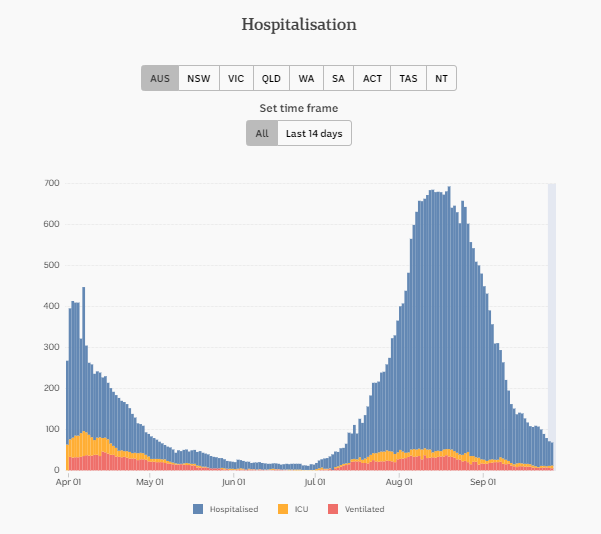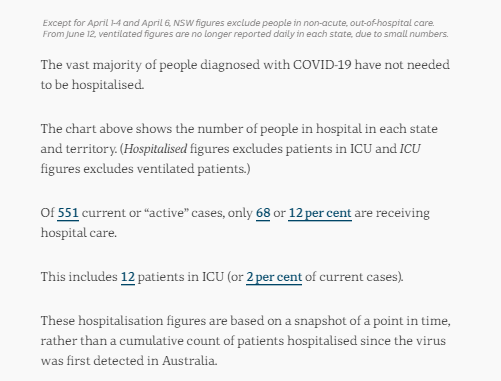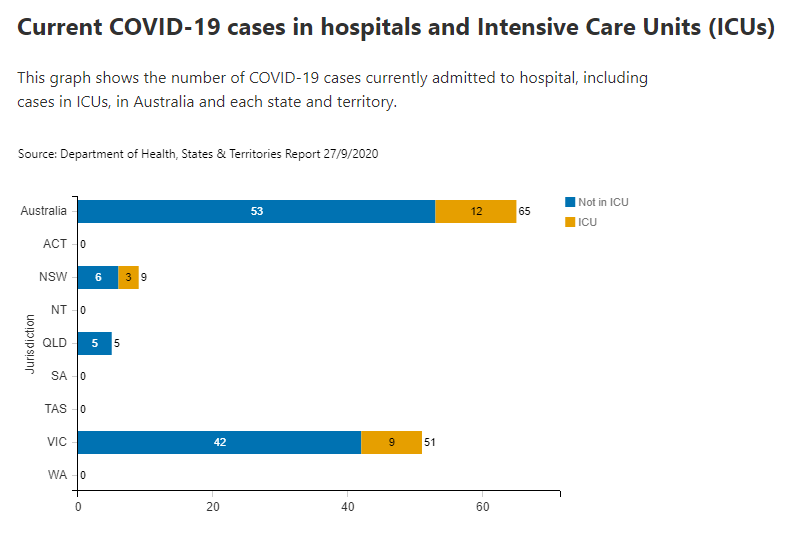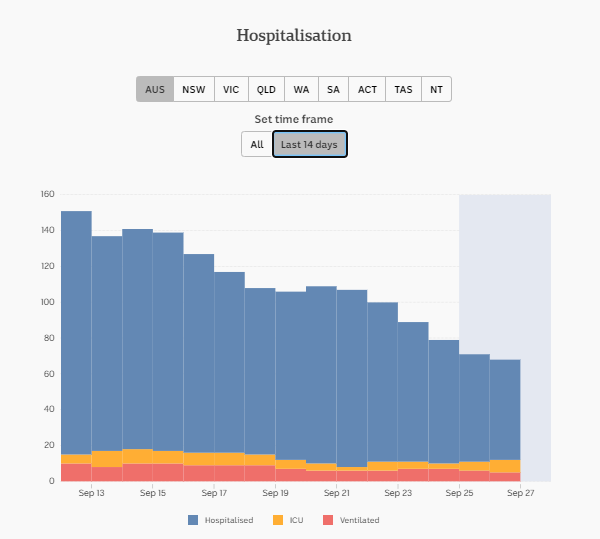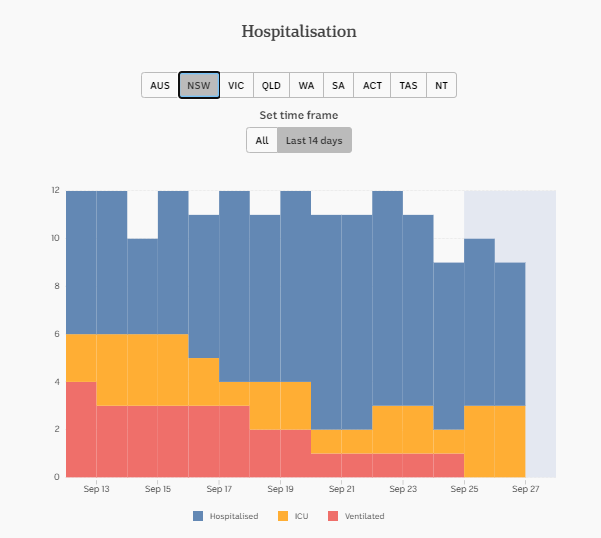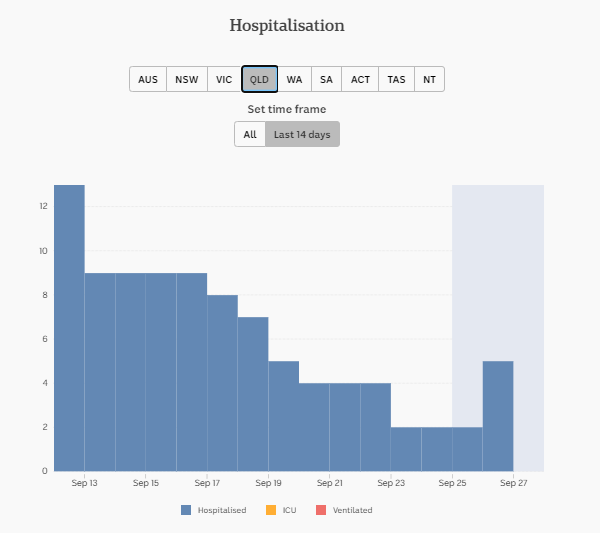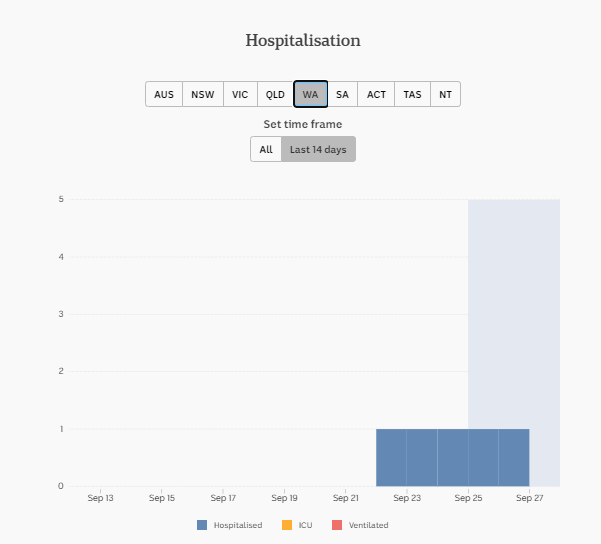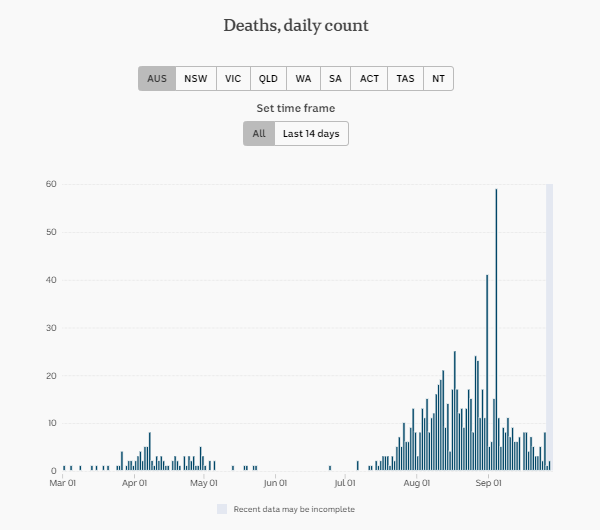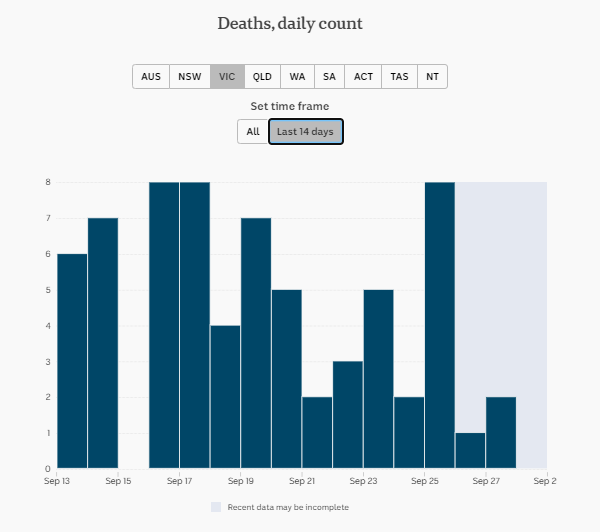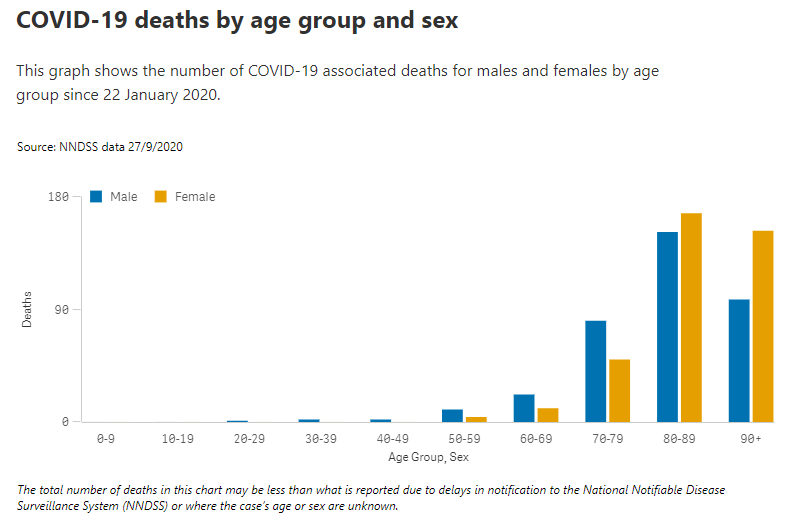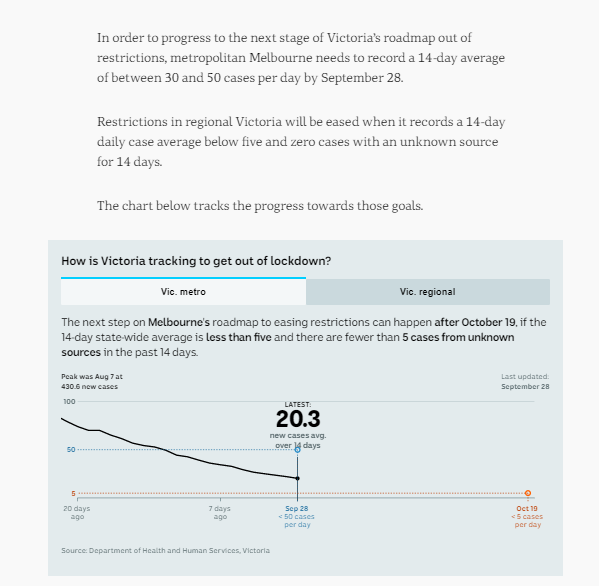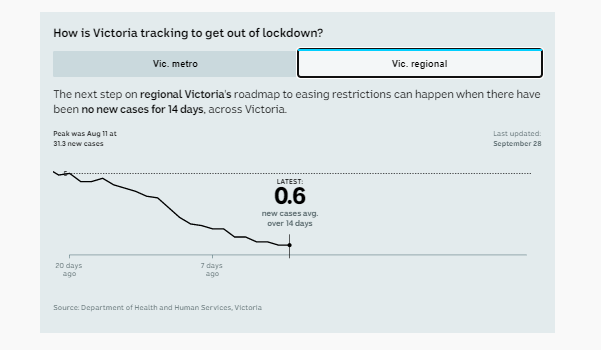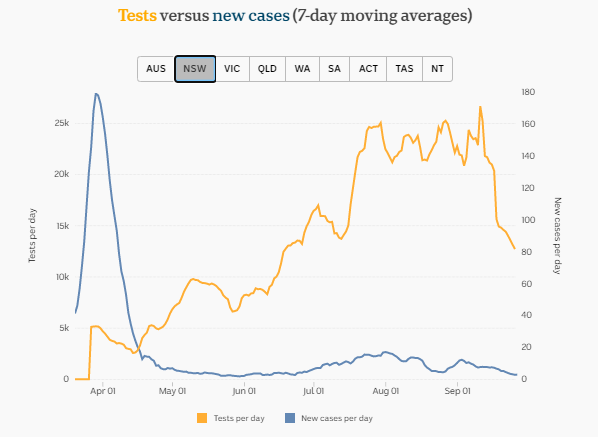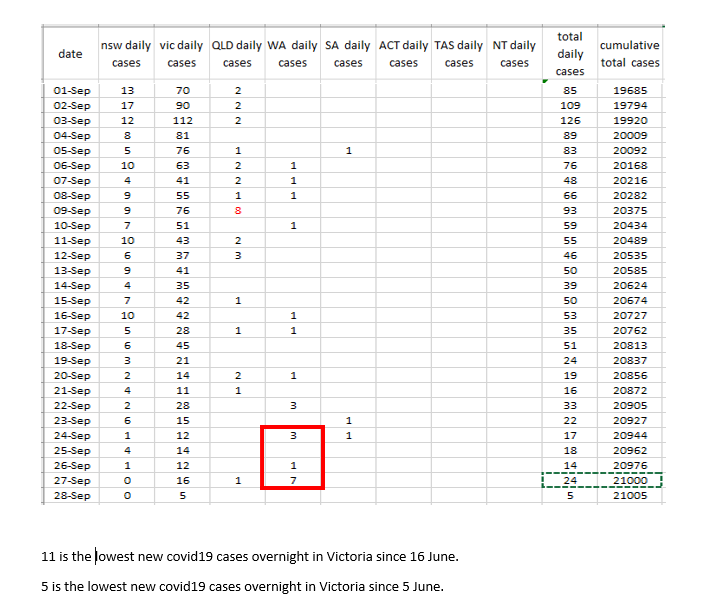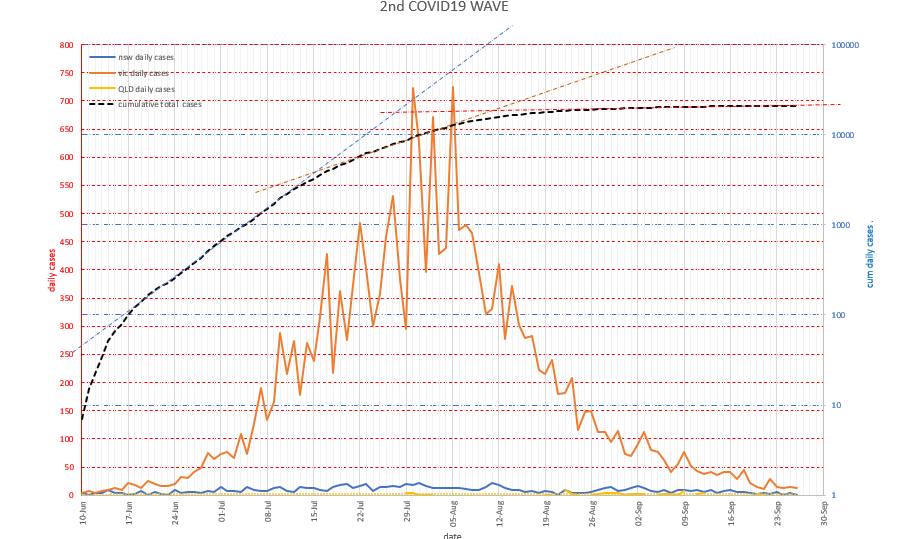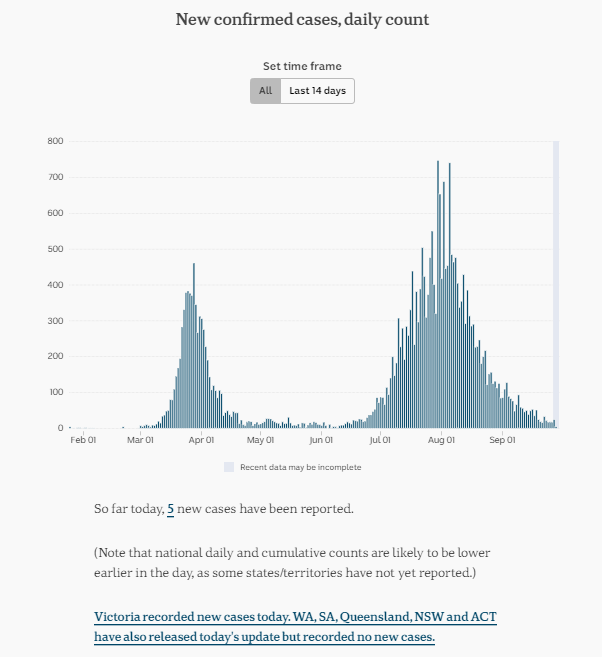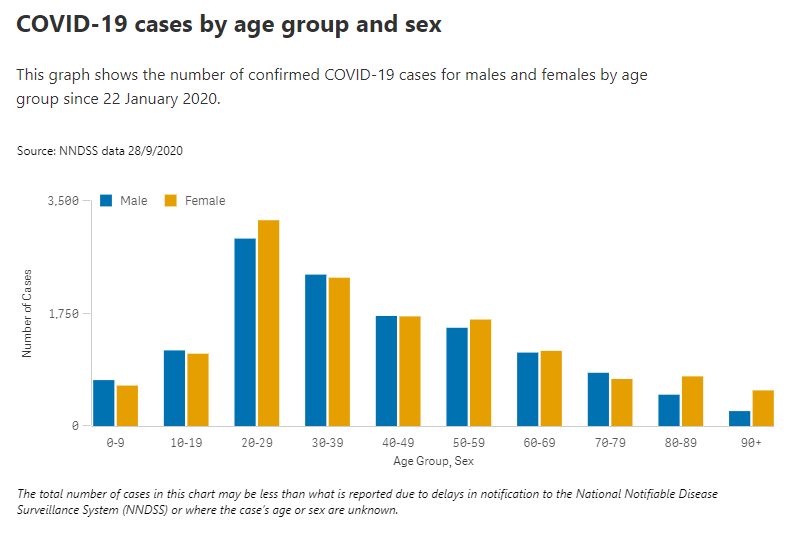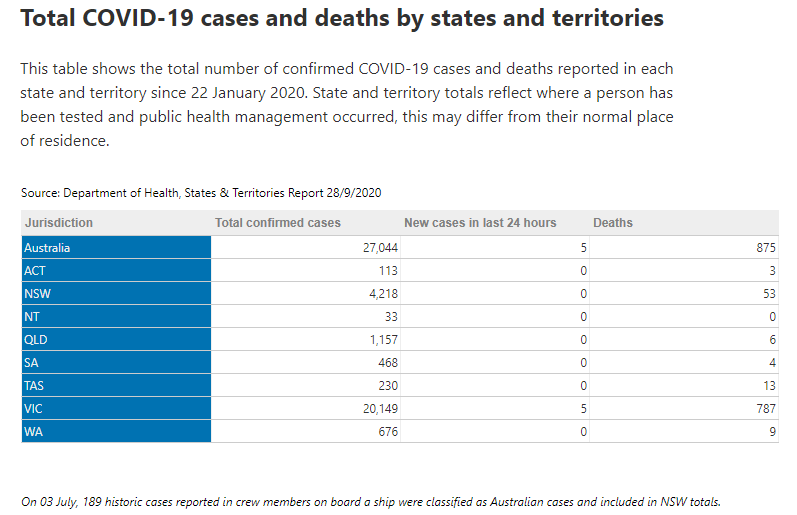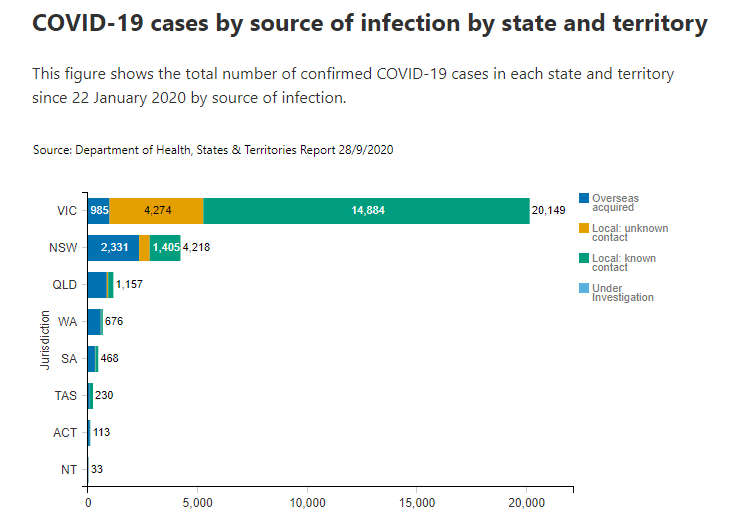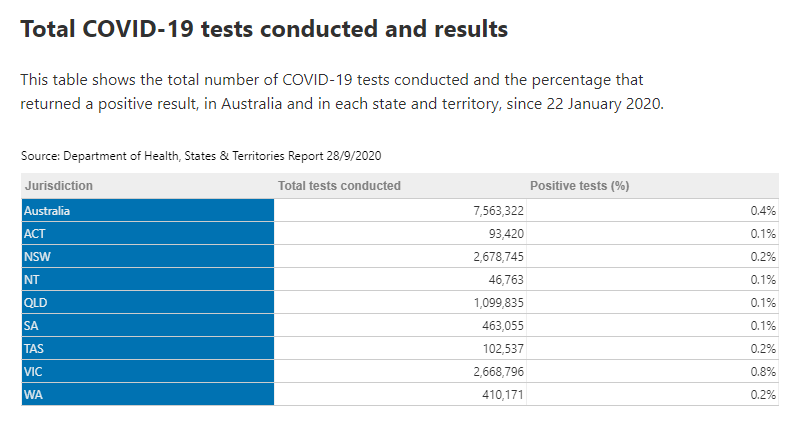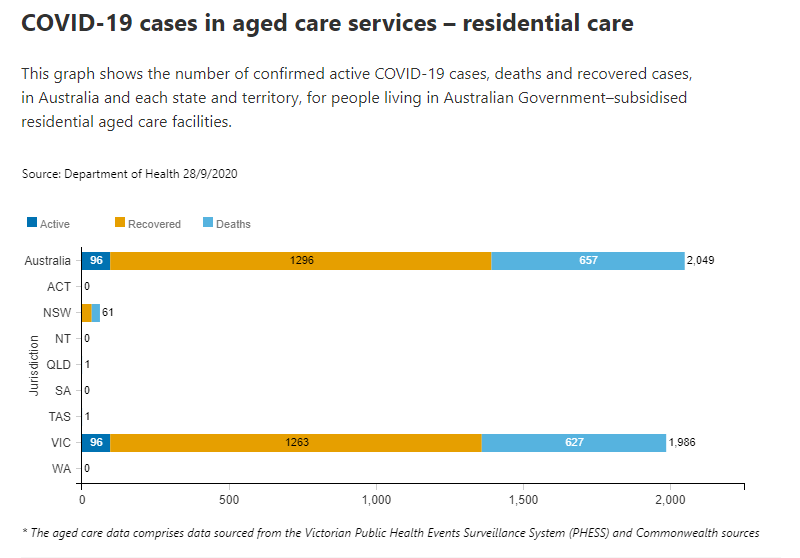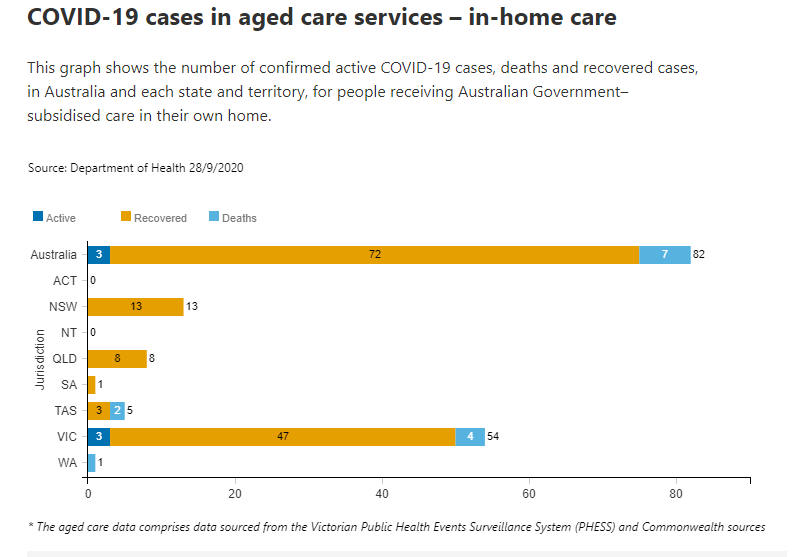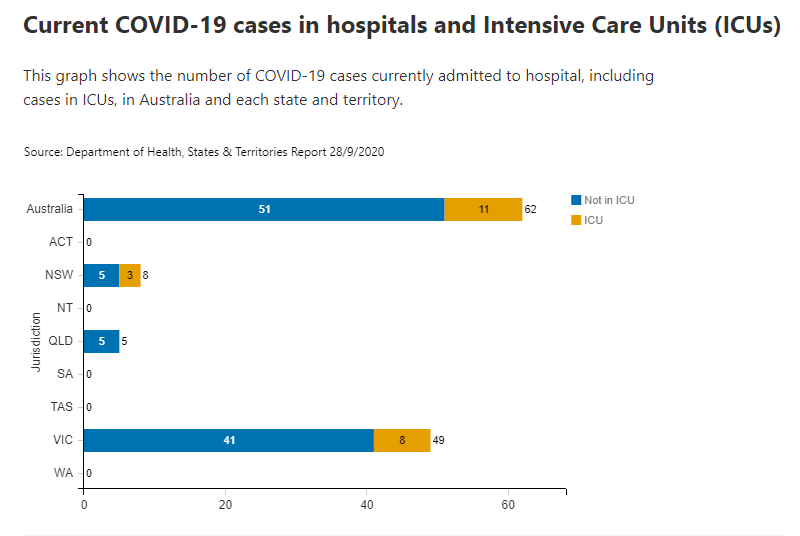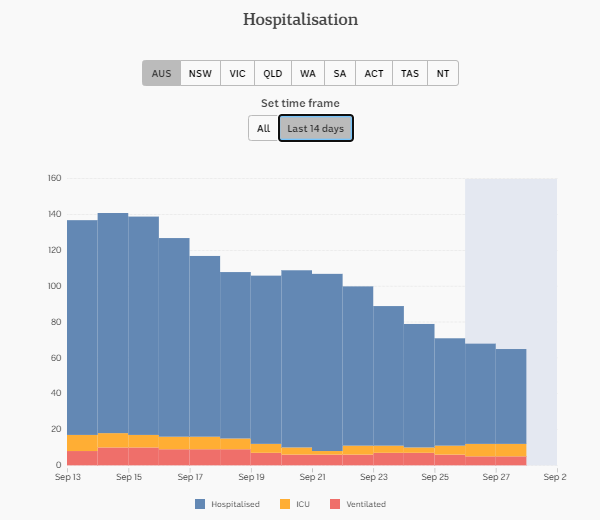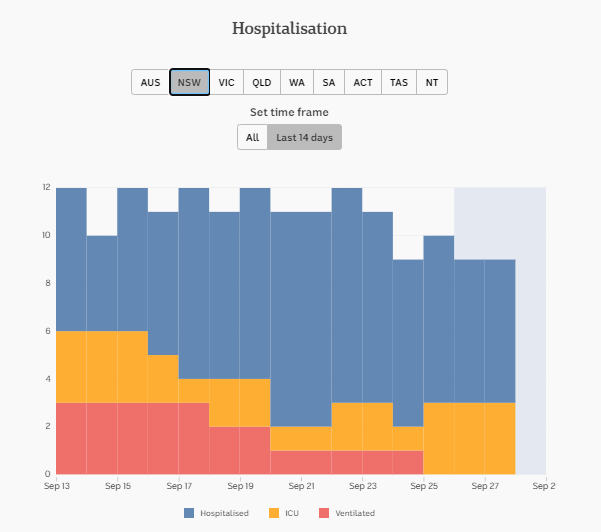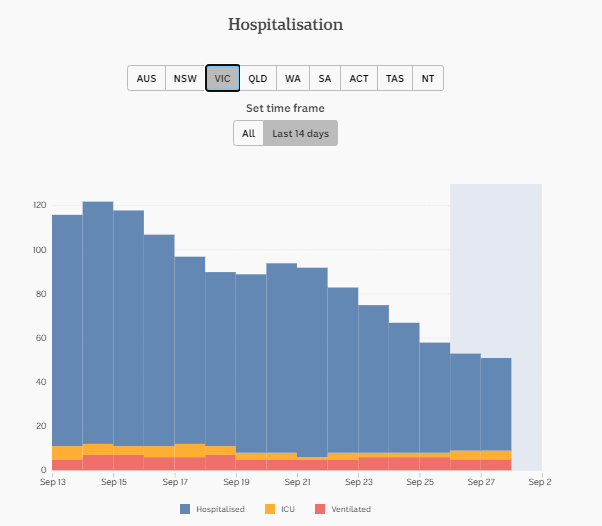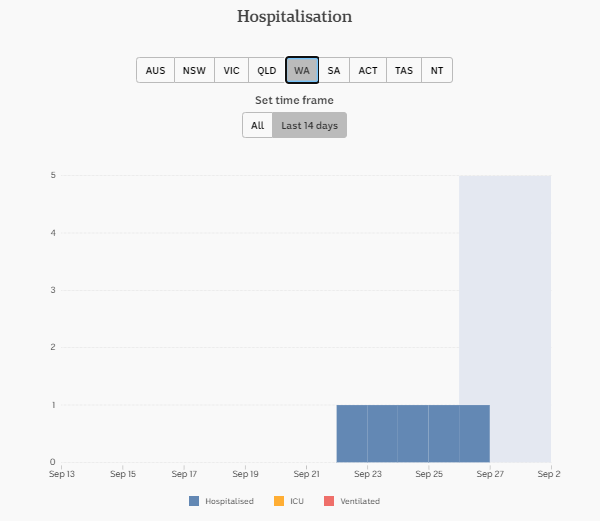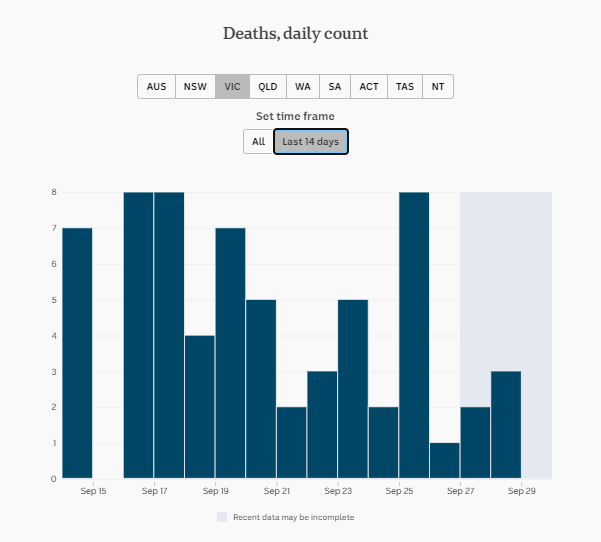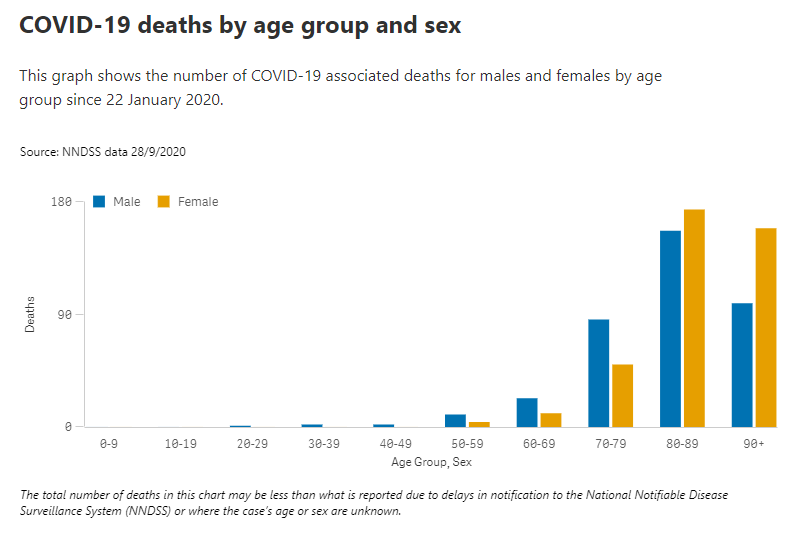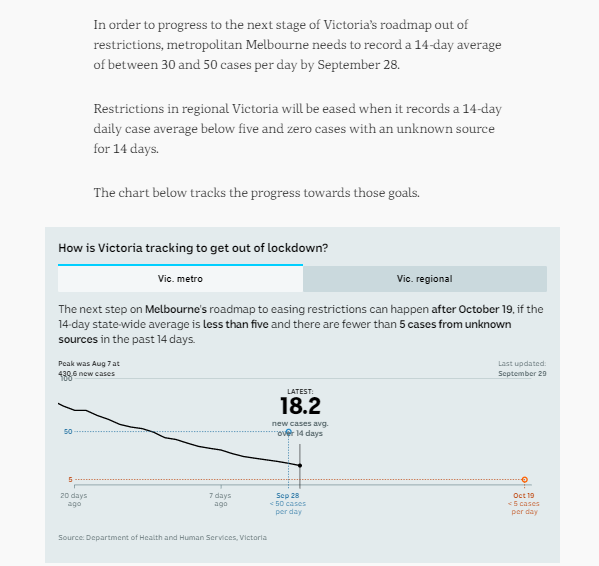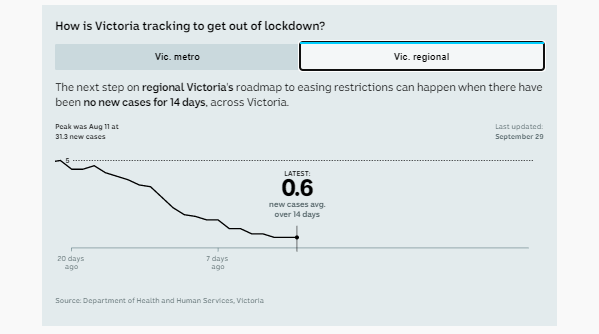26 SEPT WA
Almost half of ship's crew off WA have virus
Another 7 crew members from ship off Port Hedland test positive for COVID-19

Crew from the Patricia Oldendorff have been quarantined in the Hedland Hotel
<< IT'S A NICE MOTEL , WE ATE MANY MEALS AND ATTENDED LOTS OF SOCIAL EVENTS THERE IN 1999 - 2001. ALL THE MANAGEMENT ON FIFO CHOSE TO LIVE THERE WHEN AT SITE.

Cops at the Hedland Hotel on guard duty.
Almost half of ship's crew off WA have virus
https://www.msn.com/en-au/news/australia/almost-half-of-ship-s-crew-off-wa-have-virus/ar-BB19rFFj?ocid=msedgdhpSeven new cases of coronavirus have been reported on a bulk-carrier off Port Hedland in Western Australia, the day after a dozen crew members were moved into quarantine in the state.

The mega sized bulk iron ore ship Patricia Oldendoorff Is off the outer harbor at Port Hedland ( in the Pilbara WA)
<< SOME OF THE CREW WERE EVACUATED TO A SHORE TO QUARANTINE IN A MOTEL AT PORT HEDLAND WHERE THEY CAN BE MONITORED MORE CLOSELY BY THE EMERGENCY COVID TEAM DISPATCHED THERE YESTERDAY.
WA Health minister Roger Cook said seven of the remaining nine crew on the Patricia Oldendorff have the virus.
It means almost half the crew are now infected.
The ship came from the Philippines, is nine nautical miles off the Pilbara coast.
Mr Cook warned there is a risk of new outbreak in the state if its not contained, with more cases expected to come from the ship. << CONFIRMED LATER TODAY 7 MORE , LEAVING A SKELETON CREW ON BOARD OF KEY CREW MEMBERS NEEDED FOR THE SAFE OPERATION OF THE SHIP >>
"If it gets out into the community it will create a disaster, worse than what we've seen in Melbourne ," he said.


<< I've fished the shore for threadfin and mangrove jacks and trevally near this deep water dyke
and fished under if when there were no ships loading ore at this , 70 ft deep at low tide 120 ft deep at high tide. < - yes that's a 12m tidal range at Pt Hedland.
The structure acts as a fish magnet for bait fish and larger predators , locals have been know to tackle some big mackeral and jewfish around this structure.
Can only it at the top or the bottom of the tide + or - no more than 1 hour because of the very powerful tidal currents that sweep even 8 oz snapper lead along the muddy bottom.
But the harbor at Port Hedland is the best fishing spot , there are creeks and beaches not far away and tidal mangrove lined bays that are much better , Port Hedland is not a fishing mecca like Broome or Darwin , it's an industrial port focused on exporting iron ore and other mineral ores and rare earth sands and sea salt >>
Sickest crew are taken off
A trained private security firm hired to keep watch of the ship, are also under a 14 day isolation.
A rapid response team was sent to the vessel, including the doctor who managed the Artania cruise ship and Al Kuwait cargo ship outbreaks.
The ship is now unable to dock at Australia's busiest iron ore shipping ports.
Vessel operators now working with WA authorities on a possible replacement crew.
Another 7 crew members from ship off Port Hedland test positive for COVID-19

Crew from the Patricia Oldendorff have been quarantined in the Hedland Hotel
<< IT'S A NICE MOTEL , WE ATE MANY MEALS AND ATTENDED LOTS OF SOCIAL EVENTS THERE IN 1999 - 2001. ALL THE MANAGEMENT ON FIFO CHOSE TO LIVE THERE WHEN AT SITE.

Cops at the Hedland Hotel on guard duty.
https://www.abc.net.au/news/2020-09-26/more-crew-test-positive-to-covid-19-on-ship-off-port-hedland/12707342Key points:
Initially, two Patricia Oldendorff crew members tested positive for COVID-19
Overnight, another seven cases were identified among the remaining crew
Health Minister Roger Cook said the new cases would remain on the ship
Seven more crew members from a bulk carrier anchored off the Western Australian coast near Port Hedland have tested positive for COVID-19.
A total of nine crew from the Patricia Oldendorff have now tested positive to the virus, WA Health Minister Roger Cook confirmed, following testing overnight.
The ship, with 20 Filipino crew on board, anchored off Port Hedland in WA's North West on September 16.
Initially, two crew members tested positive to COVID-19 and were taken to a local hotel for quarantine, along with 10 other crew members.
A skeleton crew of nine people remained on board to keep the ship operating.
Mr Cook said of those nine, seven had now tested positive to COVID-19.
He said while it was not ideal, they would remain on board to help manage the ship.
None of the nine positive crew members currently require hospitalisation.
The vessel operators are working with health authorities and canvassing the possibility of bringing in a replacement crew, Mr Cook added.
The ship will receive a deep clean before any new crew is permitted on board.
Mr Cook said the Health Department expected additional crew would test positive in coming days and he sought to reassure the local community "every safety measure" was being put in place to protect them.
Overnight, WA recorded one new COVID-19 case, separate from the Patricia Oldendorff cases.
The new case was a family member connected to a returning Australian from overseas, who remained in hotel quarantine.
Mr Cook said the new cases from the ship would be captured in Sunday's COVID-19 figures.
AMA urges Government to contain virus
The other two crew members still on board the ship tested negative to the virus, but serology testing will be conducted to check if they had it previously.
WA Chief Health Officer Andy Robertson said the seven positive crew members on board were well but would be removed if their symptoms worsened.
He said cleaning had already started on board in maintenance areas but a deep clean would not start until all the crew members are removed from the ship.
WA health authorities have previously managed COVID-19 outbreaks on the Artania cruise ship and the Al Kuwait livestock carrier.
Australian Medical Association national president Omar Khorshid said the Government must contain the virus.
"It's really important that this virus does not get out into the Port Hedland community," Dr Khorshid said.
"We know we have a number of vulnerable people in the northern parts of Western Australia, and if it gets out into the community it will create a disaster worse than what we've seen in Melbourne."
Dr Robertson said there was always a hypothetical risk an outbreak could occur but "I'm very confident we have all the requirements in place to ensure that we will be able to manage these people as we did with the Al Kuwait".








